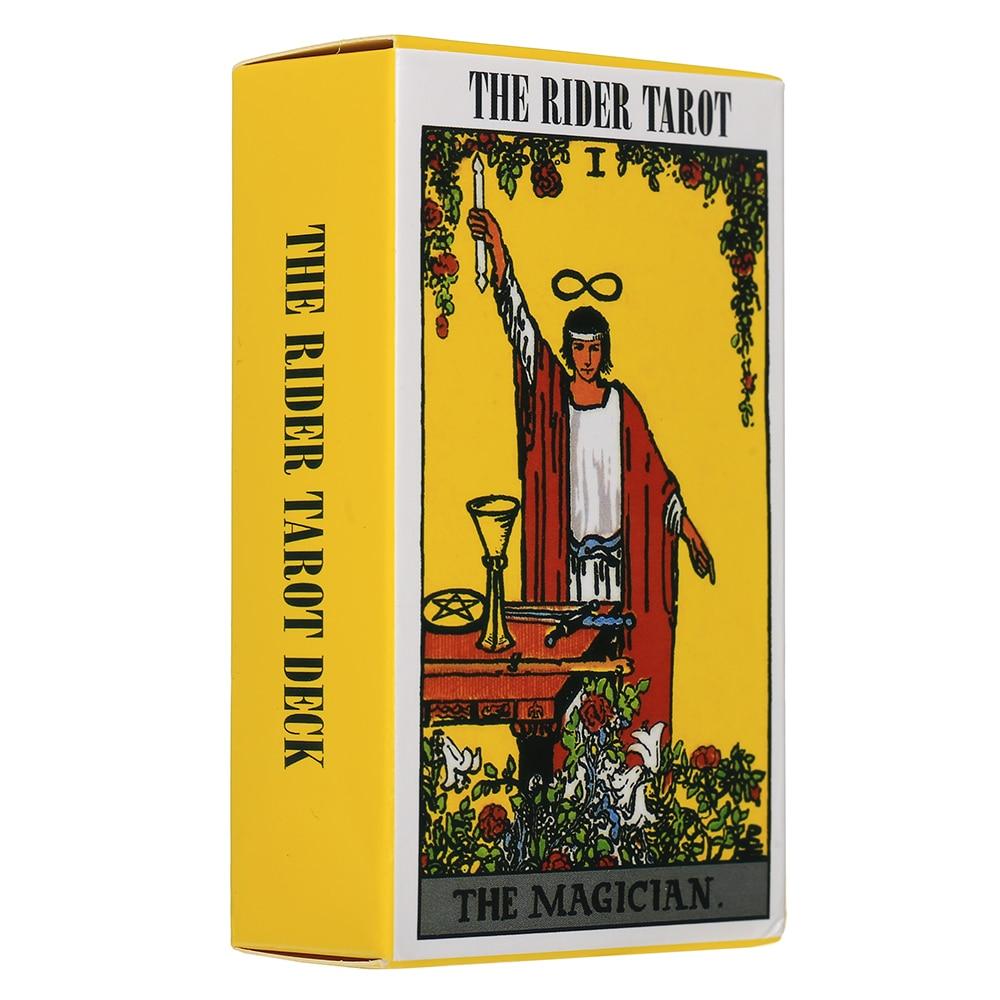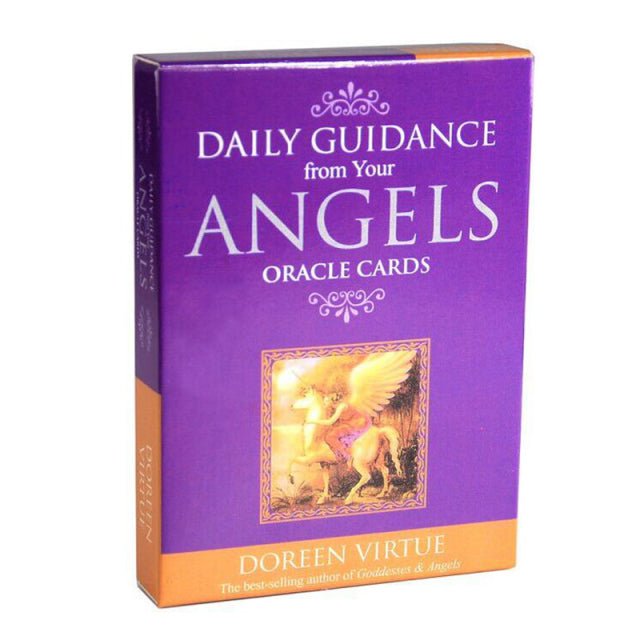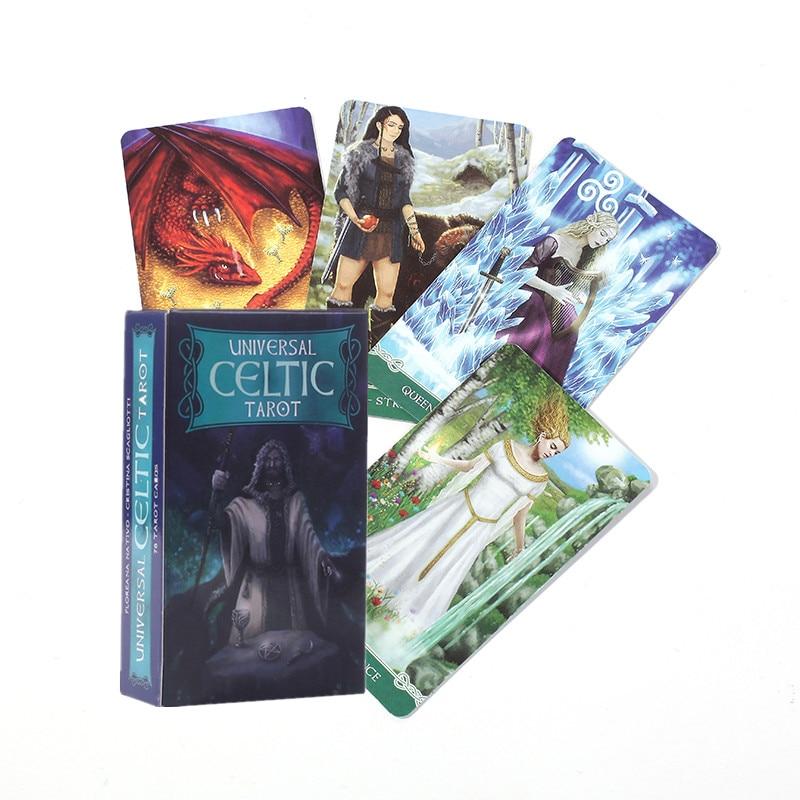Understanding the Marseillais Tarot, this Legendary Divinatory Art
For some people, clairvoyance, divination, divinatory arts…. This is all charlatanism.
For others, it is a fascinating practice because it can truly reveal the mysteries of life or an individual's future.
If you are reading this article, you probably fall into this second category. That’s good for us too.
There are different types of divinatory arts and tarology is one of them. Practiced for ages, it consists of using cards as a support for divination. The Marseille tarot is one of the most famous variants of this divinatory game.
But in fact, what is the origin of the Marseille tarot?
What is its operating principle?
Let's answer these questions and discover together everything you need to know about this special card game.
Tables of contents:
- What is the Marseille tarot?
- The 22 major arcana and their meaning
- How to draw the Marseille tarot?
- Lucky charm featured in this article

What is the Marseille tarot?
The Marseille tarot is a fascinating divinatory tool that has enjoyed great success for centuries. It not only allows you to predict the future, but also to become self-aware.
Thanks to the discovery of its principle and its origin, we will now learn more about it.
The history of the Marseille tarot
To prevent the possible disappearance of Egyptian civilization, wise men decided to create a card game. Each card contains figures which contain the secrets of their knowledge. Their goal was for their knowledge to be passed down from generation to generation. According to legend, the card game in question was none other than the Marseille tarot.
The Marseille tarot is an art of divination that has existed in a sourced way since the 14th century. As its name suggests, it appeared in Provence, in the Marseille region. At the time, alchemists used it to understand the human personality and soul. This is why the characters and images that appear on the cards have a medieval appearance.
Okay, but what is the origin of the Marseille tarot symbols ?
It is impossible to give precise information on this subject. As we just said, some historians believe they originated in ancient Egypt (and therefore the Egyptian tarot), while others believe they are Celtic in origin. In any case, the Marseille tarot quickly became enormously successful. Since the 18th century, it has been the most appreciated and used divinatory tool.
This is so true that today there are dozens of variants and models more or less removed from the original. Here, for example, is a Rider-White deck available on our site, from two esotericists who created a tarot with the desire to get as close as possible to the origins, the roots of this form of divination.
The principle of the Marseille tarot
The Marseille tarot is a deck of 78 cards, made up of 22 major arcana and 56 minor arcana. Some fortune tellers only use the major arcana since they are enough to obtain the necessary information and answer all the consultant's questions.
The 22 major arcana help the consultant find the paths to follow in order to overcome the blockages that may arise. They also reveal one's potential and enable personal development work to be carried out, guaranteeing good self-knowledge. As for the minor arcana, they simply complement the major arcana.
As was mentioned before, the Marseille tarot is not a simple divinatory tarot. Certainly, reading it constitutes an effective means of predicting the future. However, it is also a way to develop your intuition and self-knowledge. This card game can also serve as an effective guide in all situations.
That said in passing, these considerations are true for many other clairvoyance tools. You just need to take an interest in those that this part of our site brings together to be convinced!

Predict, announce, see
with these clairvoyance and divination tools
The 22 major arcana and their meaning
As a reminder, the Marseille tarot is made up of 22 majors and each of them has its specificities. To fully understand this clairvoyance tool, we will now review them all.
The fool
This is the first card and it is illustrated by a standing man deck, with a last and a stick in his hands. He stands behind a well-stocked table. In general, this card highlights the consultant's ability to exist, as well as all his potential. When it appears in a print, it represents a beginning or a new idea.
For example, it can reveal the start of an activity, a departure or a new path. It is also a symbol of intelligence and energy. That said, the Bateleur also has a dark side. It is often associated with indecision or lack of self-confidence.
The Popess
This card reveals a seated woman holding on her knees an open book which is none other than the book of wisdom. It symbolizes knowledge, intuitive knowledge, wisdom as well as authority. When it appears in the tartos reading, it can reveal the solidity of material goods, or the stability of a situation. The Popess is also a symbol of fertility and femininity. Regarding its dark side, it can describe an invasive mother, or isolation.
The Empress
It is a card revealing a woman sitting on a throne with a specter and a shield in her hands. It highlights feminine power and its ability to express itself. This card generally symbolizes mastery of the art of communication as well as creativity. It can also highlight a harmonious family or social relationship. However, the Empress may indicate a sign of abuse of power or aggression.
The emperor
This fourth card of the Marseille tarot reveals a man seated on a throne with a specter in his hand. Obviously, she symbolizes masculine power on a material level. Indeed, the Emperor can reveal the consultant's ability to act with logic and firmness. It is a card that conveys an important message for people who hold a position of responsibility. But the Emperor can also reveal an overly authoritarian or materialistic character.
Pope
This card is illustrated by a seated man, wearing a tiara and holding a crozier in his hand. When it appears in an oracle, it obviously symbolizes the teacher, the guide or even the advisor. If it appears in a drawing, it reveals that the consultant has an authority figure and that he can be a guide for others. Its dark side is that it can reveal a character that is too strict or rigid.
The lover
This card depicts a young man and a young woman as well as a cherub with a bow and arrow. It obviously symbolizes feelings or love. It can reveal a meeting, an emotional exchange or a sweetness of life. But it is also possible that the Lover represents suffering on a sentimental level.
Carriage
This card is illustrated by a man steering a cart. It is associated with the desire for independence, a trip or even personal success. But the Chariot can also reveal lack of self-confidence, the inability to lead one's life alone or even the fear of failure.
Justice
This arcana of the Marseille tarot is illustrated by a seated woman who holds a scale in one hand and a sword in the other. It generally symbolizes balance, justice or even order and law. When it appears in a drawing, Justice may invite you to take a break in order to make a fair decision. It can also indicate the need to put things in order in life or the tendency to be too perfectionistic.
The Hermit
The Hermit is the image of a middle-aged man who walks carrying a lantern and a staff. It is a card that symbolizes prudence, experience and the ability to understand. The prints which see it appear can refer to a character that is too solitary, too cautious or fearful.
The wheel of fortune
This tenth card of the Marseille tarot is illustrated by a Sphinx located at the top of a wheel with a monkey and a sacred dog. It is the card which highlights the destiny of the consultant as well as the different opportunities to be seized to amass fortune. But it can also reveal the ups and downs of life, financial difficulties or even doubt.
Strength
Strength is a card depicting a woman opening a dog's mouth with both hands. It combines will and instincts and symbolizes self-control, strength of character, courage, determination and vital energy. But this arcana can also represent abuse of power and putting too much pressure on oneself.
The hanged man
On this card you will find a man hanging with his head down and his arms behind his back. The Hanged Man represents waiting time or patience. In other words, it invites you to let things evolve naturally. This card also constitutes a channel of intuition which can help the consultant find the meaning of a situation. Obviously, it has a dark side including the inaction suffered, the isolation or even the dependence.
The Nameless Arcana
The card is illustrated by a skeleton with a scythe in its hands standing on black earth filled with human heads, feet, hands and bones. When it appears in the drawing, it encourages the consultant to forget the past and open a new chapter in life. This card therefore symbolizes change and it is a real source of renewal. That said, it can also highlight the inability to break away from the past, an injury, or even aggressiveness.
Temperence
This card reveals a character with a pair of wings who holds two jugs between which water circulates. It symbolizes the power of the spirit and a good circulation of vital energy. It can talk about social or friendly relationships, travel or even means of transport. It is the card of friendship, childhood and prudence. But Temperance can also evoke indecision or the inability to take a position.
The devil
Highlighting a half-man, half-animal character with a torch and sword in hand, this card depicts Lucifer. She has the power to shed light on a situation and reveal secrets. The Devil is associated with carnal pleasures and desires. But it can also symbolize feelings of jealousy or manipulative character.
The house of God
It is illustrated by a tower, a tongue of fire and people thrown towards the ground. It is a symbol of open-mindedness and when it appears in a divinatory tarot reading, it can convey a positive message. It could be a move, love at first sight or the birth of a bright idea. But this card can also evoke crises or upheavals in life.
The star
This 17th card of the Marseille tarot is illustrated by a magnificent young woman, naked. It represents beauty, youth, peace and the sweetness of life. This card also symbolizes truth and innocence. But it can also reveal a lack of discernment, an inability to defend oneself or laziness.
The moon
As its name suggests, it is a card illustrated by the moon. Two wolf dogs, a pond and a crayfish complete the images. This arcana represents change, family life, feminine sensitivity or even creativity. But it can also highlight lies, illusions, fear or suffering.
The sun
This card reveals a couple of children standing in front of a low wall. It represents intelligence, logic or even the power of reasoning. It also conveys a message of love and affection, a feeling of serenity regarding our sentimental life. In its dark side, this arcana can evoke an abuse of power or an absence of feelings.
The jugement
This card from the Marseille tarot is illustrated by an angel blowing a trumpet. It symbolizes the rebirth of energy, healing, success, the birth of a child or promotion. The appearance of this card in a drawing can, however, reveal bad news or guilt.
The world
It is a card that highlights a dancing woman, a horse, a lion, an eagle and an angel. When it is present in the drawing, it can announce the completion of a project, symbolize happiness or the joy of living. But this card can also indicate isolation, for the medium as well as for the one for whom the cards are drawn.
Le Mat
This is the 22nd arcana of the Marseille tarot. It reveals a merchant carrying a bundle and a stick, accompanied by his dog. This card is the symbol of destiny and it indicates to the consultant the approach or path to follow. It can represent freedom and the end of constraints. But Le Mat can also indicate that the consultant is getting lost.

Method of drawing the Marseille tarot
How to perform a reading with the Marseille tarot ?
Well actually, the procedure for making a draw is quite simple.
You must start by shuffling the cards 7 times or more. Then you need to cut the slack with your left hand. The next step is to lay out the cards, face down, on the table.
Now you have to concentrate and ask the question. All that remains is to read the cards.
Attention ! It is not recommended to jump to a hasty conclusion. Take the time to carefully study the cards and their symbolism. This lets you know whether to consider the positive meaning or the dark side. Concentration is strongly required throughout the session, but you must also rely on intuition.
More broadly, here are some tips from the cosmopolitan.fr site for practicing cartomancy, as well as a short guide (a wiki in reality) to learn how to use our cards.
In a Marseille tarot session, if you need advice regarding a particular situation, you must draw two cards. On the other hand, if you want to take stock, that is to say evaluate a relationship or a situation, you must draw three cards. Finally, the cross draw method is recommended if you want an answer to a specific question.
Lucky charm featured in this article

Rider Waite Tarot Card Deck
See more
Angel Tarot Card Game
See more
Celtic Tarot Card Game
See more
